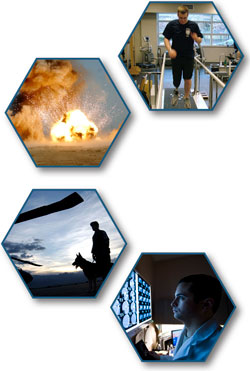 The establishment of the Blast Injury Research Coordinating Office (BIRCO) created a centralized function within
the United States (US) Department of Defense (DoD) for ensuring effective mechanisms exist for focusing and coordinating
DoD blast injury research efforts and the collaboration with research expertise outside the DoD. Since its inception in 2007,
the BIRCO has overcome long-standing, widely-recognized barriers to communication between the medical, materiel development,
test and evaluation, and operational communities, provided the timely flow of critical information, and identified
unnecessary and/or duplicative blast injury research, and critical blast injury knowledge gaps that remain. The BIRCO is
leveraging the lessons learned from decades of blast injury research–dating back to the 1950s, to coordinate current
efforts and steer DoD research organizations and investments to address these gaps. The BIRCO's understanding of what
was accomplished, and what research remains to be done is critical to focus and prioritize blast injury research efforts
as a holistic strategy to make the best use of limited resources.
The establishment of the Blast Injury Research Coordinating Office (BIRCO) created a centralized function within
the United States (US) Department of Defense (DoD) for ensuring effective mechanisms exist for focusing and coordinating
DoD blast injury research efforts and the collaboration with research expertise outside the DoD. Since its inception in 2007,
the BIRCO has overcome long-standing, widely-recognized barriers to communication between the medical, materiel development,
test and evaluation, and operational communities, provided the timely flow of critical information, and identified
unnecessary and/or duplicative blast injury research, and critical blast injury knowledge gaps that remain. The BIRCO is
leveraging the lessons learned from decades of blast injury research–dating back to the 1950s, to coordinate current
efforts and steer DoD research organizations and investments to address these gaps. The BIRCO's understanding of what
was accomplished, and what research remains to be done is critical to focus and prioritize blast injury research efforts
as a holistic strategy to make the best use of limited resources.
In response to a Congressional mandate (Public Law 109-163, Section 256) to improve the coordination of blast injury research, the DoD issued DoD Directive (DoDD) 6025.21E on July 5, 2006, which established the DoD Blast Injury Research Program as an Executive Agency. The Secretary of the Army (SECARMY) was designated as the DoD Executive Agent (EA) for Medical Research for Prevention, Mitigation, and Treatment of Blast Injuries, and the Assistant Secretary of Defense for Research and Engineering (ASD(R&E)) was assigned program oversight to ensure blast injury research is well-coordinated across DoD stakeholder communities. In 2007, following a series of delegations, the Commander, US Army Medical Command (USAMEDCOM), assumed EA authority for the DoD Blast Injury Research Program and established the Blast Injury Research Coordinating Office (BIRCO) at the US Army Medical Research and Development Command (USAMRDC) to assist in fulfilling EA responsibilities and functions. In 2017, SECARMY delegated EA authority to the Surgeon General (TSG), who further delegated EA authority to the Commander, USAMRDC.
Read more about the BIRCO's current activities...
(Click directional triangle or year to expand/collapse content)
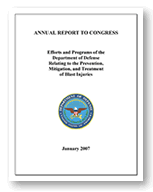

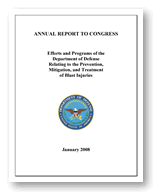

The Blast Injury Research Program Coordinating Office (PCO) supported Executive Agent (EA) responsibilities by:
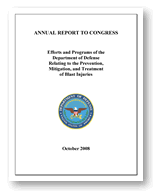

The Blast Injury Research Program Coordinating Office (PCO) supported Executive Agent (EA) responsibilities by:
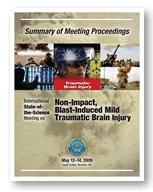

The Blast Injury Research Program Coordinating Office (PCO) supported Executive Agent (EA) responsibilities by:
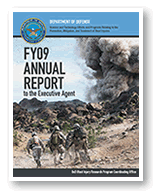
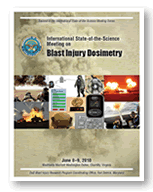
The Blast Injury Research Program Coordinating Office (PCO) supported Executive Agent (EA) responsibilities by:
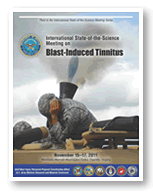

The Blast Injury Research Program Coordinating Office (PCO) supported Executive Agent (EA) responsibilities by:
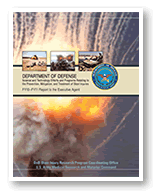

The Blast Injury Research Program Coordinating Office (PCO) supported Executive Agent (EA) responsibilities by:
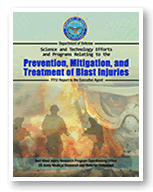

The Blast Injury Research Program Coordinating Office (PCO) supported Executive Agent (EA) responsibilities by:
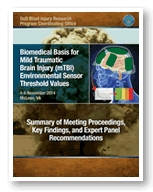
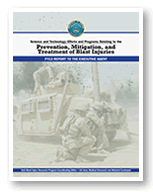
The Blast Injury Research Program Coordinating Office (PCO) supported Executive Agent (EA) responsibilities by:
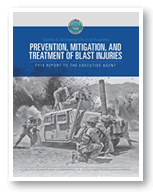
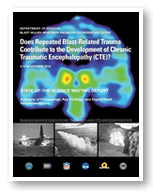
The Blast Injury Research Program Coordinating Office (PCO) supported Executive Agent (EA) responsibilities by:
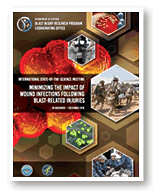
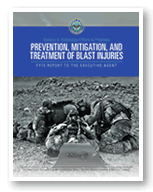
The Blast Injury Research Program Coordinating Office (PCO) supported Executive Agent (EA) responsibilities by:
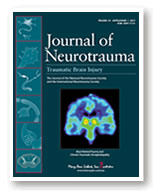
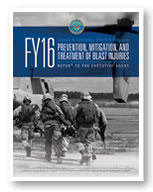
The Blast Injury Research Program Coordinating Office (PCO) supported Executive Agent (EA) responsibilities by:
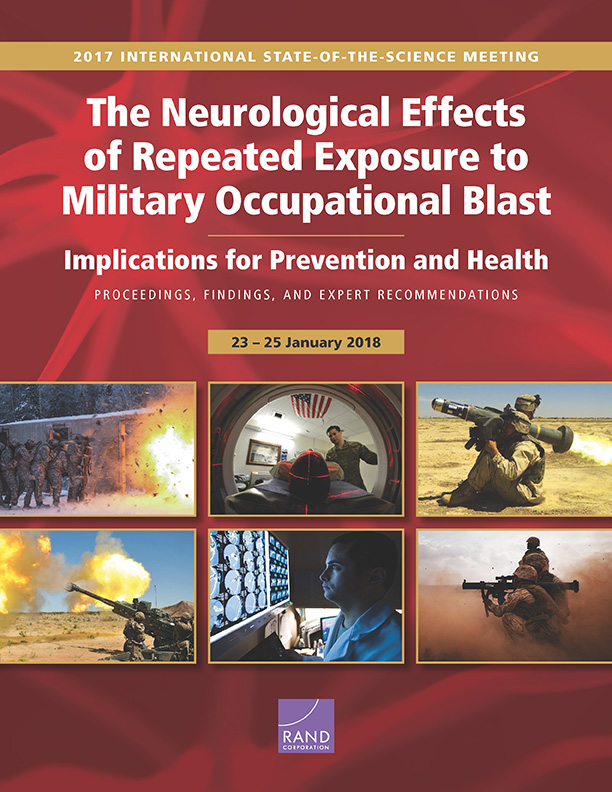
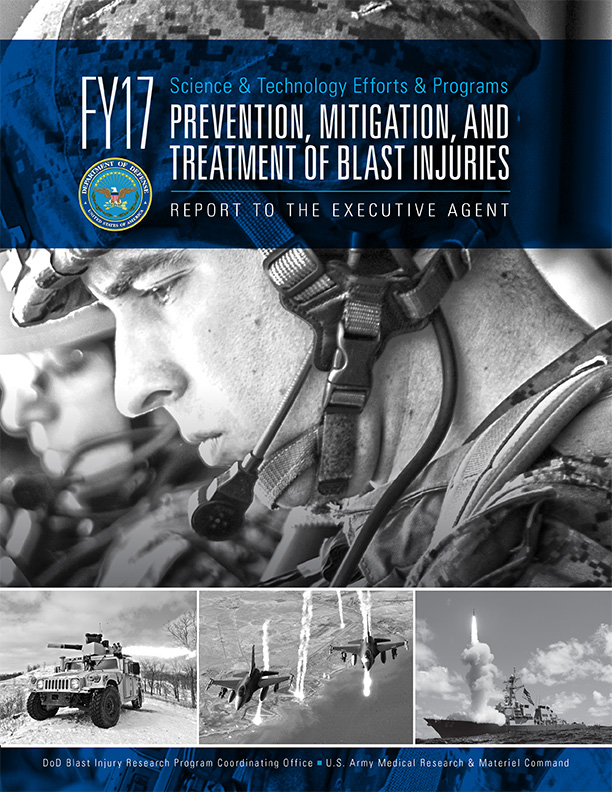
The Blast Injury Research Program Coordinating Office (PCO) supported Executive Agent (EA) responsibilities by:
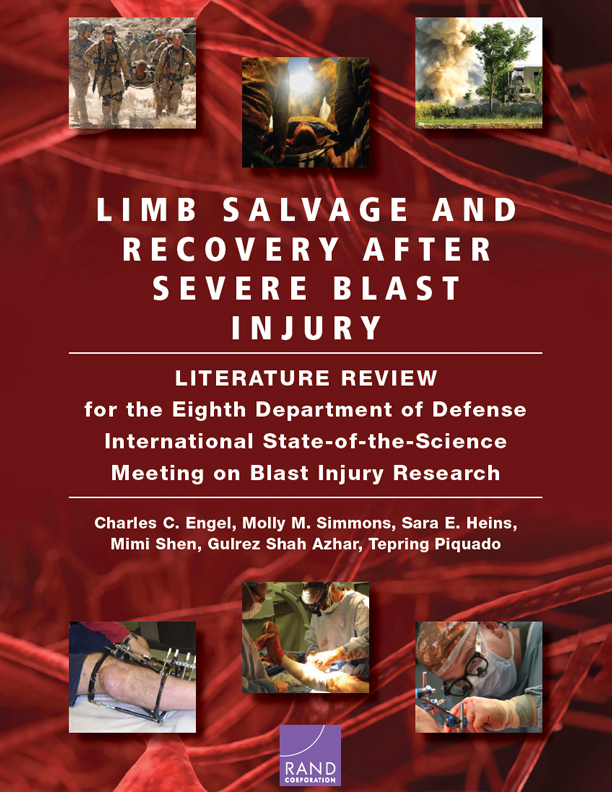
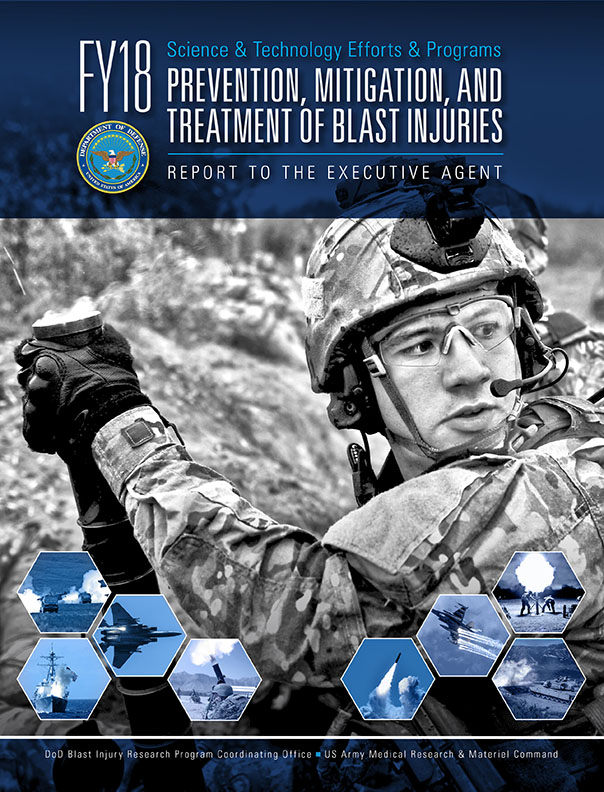
In 2019, the PCO changed its name to the Blast Injury Research Coordinating Office (BIRCO) and supported Executive Agent (EA) responsibilities by:
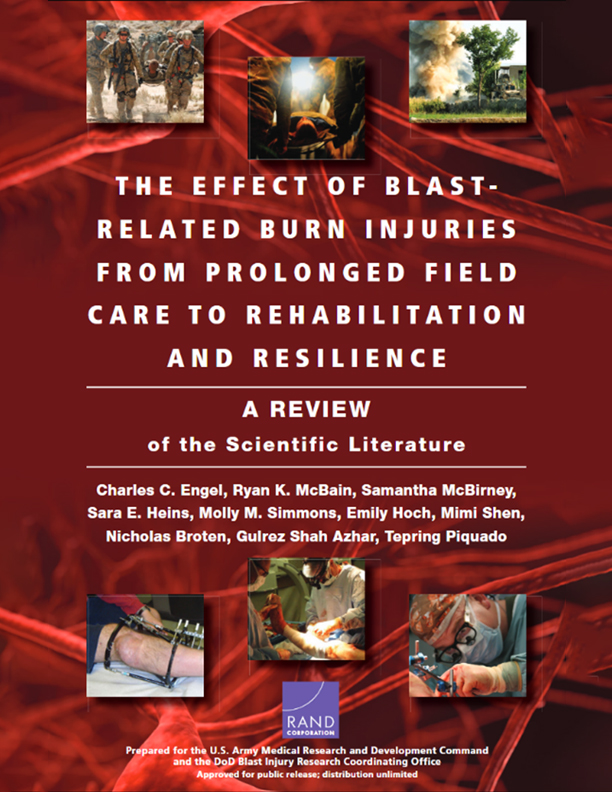
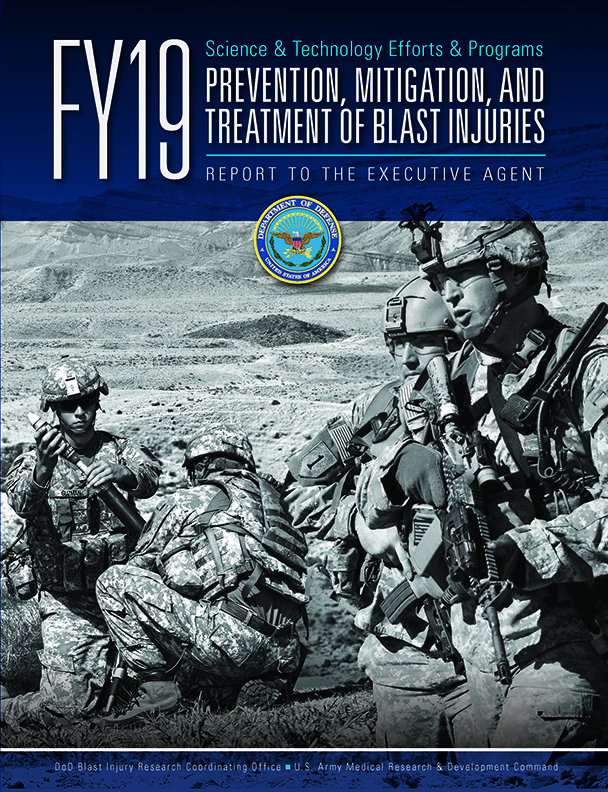
In 2020, the Blast Injury Research Coordinating Office (BIRCO) supported Executive Agent (EA) responsibilities by:
Your 15 minute session will timeout in approximately 10 minutes.
If you're in the middle of entering information, please close this warning and save your progress (if possible) or finish up your task.
If your session fully times out, you will lose any un-saved work.
Your current Blast Injury Research Program session has expired.
Your next click will take you away from the private area, and you will lose any work you have in-progress.
Please enter your email address, and try again.